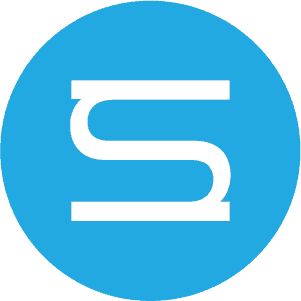Hispanic women writers in Iowa: a digital map (part II)
This past week has been the last part of the project, the wrap up. Mainly I have been uploading all the information in WordPress. I thought I would have to learn more digital stuff, but since my project is a map, it´s mainly entering the information in the site. What I did learn a lot about, and that was something I wasn´t expecting, was copyrights.
When I started the project, I didn´t realize there were many things I wouldn´t be able to use. That things out there, flying around in the internet, are not that easy to use or reuse. I know that it sounds naïve, but in all my excitement about this project I forgot about copyrights. So in the last few weeks I´ve been digging deeper in the copyright jargon, learning a legal language that for me is not that easy to understand. I think this was one of the most discouraging difficulties I encountered, and I had to decide that a lot of information I had wasn´t going to end up in the map. The bright side is that this led me to get in contact with more writers to ask them for their permission to use their pictures or pieces of their work. At first nothing happened, just sheer silence and more discouragement. But days passed by and as soon as mid-July arrived, emails started to drop in my inbox. Many were answering yes, we have the copyrights, you are more than welcome to use our material. Many added a phrase of encouragement about the project, some funny anecdote of their visit to the city, or just a hope that Iowa is as special for me as it was for them. Some attached an article or a story about their experience here, and reading it felt like travelling in time.
During these weeks some of the key contributors to my project where Robert Shepard from the Digital Scholarship and Publishing Studio Summer and the team in that department. He advised me on digital matters and also collaborated with several ideas. Also, The Spanish and Portuguese Department at the University was crucial to my project, especially Ana Merino, my advisor for doing this work. She guided me through the process, contributed with useful insights and helped me curate the group of women in this cartography. The International Writing Program staff contributed as well, especially Natasha Duricova who gave me a lots of information and resources to research these women.
The librarian assigned to my department, Lisa Gardinier, was crucial as well. I discovered that in a project like this a librarian can be very valuable. She knew about copyrights, or whom to talk to. If there was an untraceable writer that I couldn´t find, she knew where to find the data.
After meeting with all of them, things started rolling up. It was a matter only of uploading the information and putting it there, finally in a place other than my extra-long and heavy excel sheet that has been hosting these fifty-something women for all my summer, growing and bulging with information. Putting the information in WordPress felt so good, like it was finally in the real world, out there. Like all these stories or facts started having a life on its own, kind of like a poem, or just a good story to talk about.
Mariana Mazer – MFA in Spanish Creative Writing
